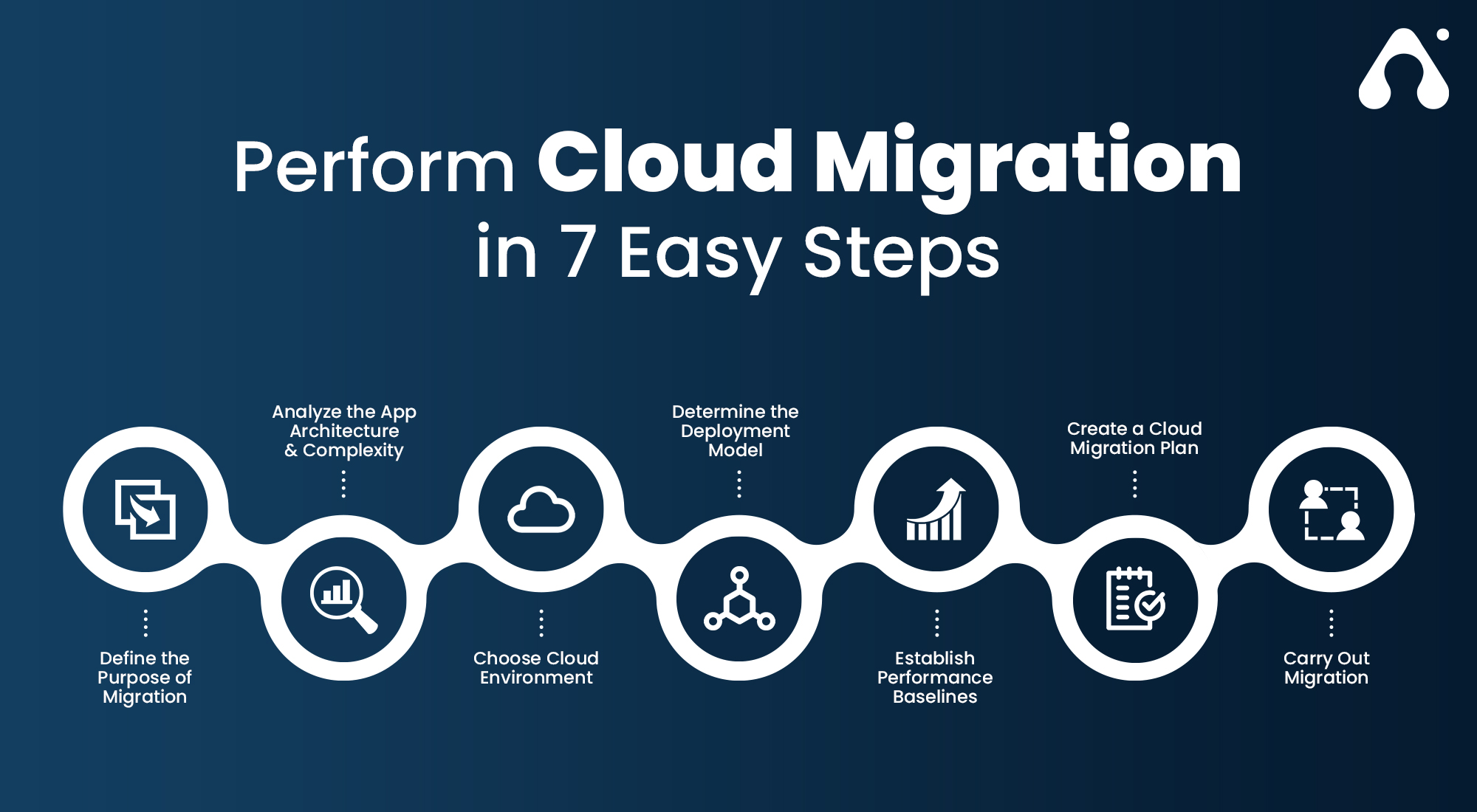We are living in an era of competition and marketing. Business and marketing go hand-in-hand in order to survive the competition. With the growing urbanization and industrialization, the market is becoming more technology-driven. Hence, the aspect of the cloud comes into being as it is one of the most booming and beneficial technologies.
To achieve better performance and efficiency in the business, switching to cloud migration could be one of the best solutions. Cloud migration is a critical process that requires the right team to implement it. Dynamics 365 migration solutions could be one of the ways for companies to undertake the cloud migration process.
Types of Cloud Migration
The technique of operating a virtual machine from one host to another is known as cloud migration. The concept of cloud migration is beneficial but a little complex. to implement. Dynamics 365 migration solutions can boost the implementation process of cloud migration.
Let’s look at some prominent types of cloud migration: –
Cold Migration
When the virtual machine is moved to another host in a power-off state, it is known as cold migration. The VM should be in a power-off state to do the process of cold migration. When the data centers are present on the same vCentre server, then the virtual machine can be moved between the power data centers.
P2V Migration
In this, the physical computer is converted to the virtual one. We can run a VMware vcenter converter and create an ESXi host on the copy of the physical server & target the web server.
V2V Migration
It is more or less the same as the P2V migration except for the fact that a source machine is a virtual machine. Migration to VMware workstation to ESXi from the Hyper-V is one of the examples of the V2V migration. Relocation to VMware workstation to ESXi from the Hyper-V is one of the instances of the V2V movement.
Suspended Migration
When the migration of a virtual machine takes place in a suspended state, it is called suspended migration. Troubleshooting can be one of the significant reasons to suspend the virtual machine on an ESXi host, Due to the running virtual machine, it is also considered to be the hot migration.
Vmotion
It is also known as live migration, as the migration of virtual machines takes place in a powered-on state. Vmotion does not cause any downtime for the VM; VMotion moves the running virtual machine to a different ESXi host in the same cluster. Vmotion causes no free time for the VM; VMotion moves the running virtual machine to an alternate ESXi have in a similar bunch.
Benefits of Cloud Migration
Cloud migration can impact companies positively in the form of less cost of ownership, faster delivery, and better innovation opportunities. Cloud implementation provides access to agility and flexibility, which are indispensable to meet the changing consumer and dynamic market demands. Dynamics 365 cloud migration can be one of the ways to undertake the process of cloud migration so that you can avail of these benefits.
Now let’s look at some explicit benefits of migrating to the cloud: –
- Improved rate of flexibility
- Increased agility
- Better innovation opportunities
- Enhanced and immediate business outputs
- Ameliorate performance
- Simplification of IT operations
- Optimization of the resource management
- Scalability of cloud
- Cost-efficient
- Better management of data
Conclusion
According to the research, cloud migration may be the future of business due to the growing digital aspect in the business and market. As per the business needs, there are types and strategies available that make the migration concept more reliable, scalable, and beneficial. To learn more about cloud migration and related services, you can visit the website of Online24x7.
